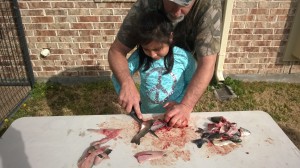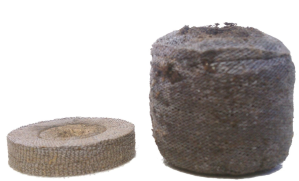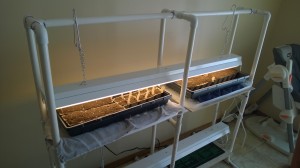In 1958 economist Leonard E. Read wrote what is now a famous economic document in which he pointed out that, “… not a single person on the face of this earth knows how to make [a pencil].” There are people who know how to do each discrete step – find the trees, cut down the trees, load and haul the trees to the mill, mill the wood, find the graphite, extract the graphite, process the graphite, shape the graphite, shape the wood, “build” the pencil, mix the paint, paint the wood, process the metal, mix the eraser materials, make the eraser, etc.
This is all an example of the economic principle of specialization. Instead of each of us hunting, butchering, and cooking our own meat, planting, harvesting and processing our own fruits and vegetables, and building, wiring, plumbing, and heating our own homes, we specialize. I provide a very specific service for someone who pays me money. You do the same. We then use that money to purchase very specific products and services from someone else.
I was in a sales seminar years ago and the speaker was speaking on how focused he is on knowing his product and his business. At one point he said, “If I have a plumbing problem, I call a plumber. If I have a doorknob problem, I call a doorknob guy.” This was specialization taken to the extreme.
A byproduct of an economy so based on specialization is that we (I) tend to become perfectionists. If I am going to learn about something new – say raising chickens, or building a shed – I want to study and research for hundreds of hours, I want to learn everything I can about it, I want to produce work that is comparable to what I could pay a “professional” to do.
Both specialization, and the counter-perfectionism go against the grain of homesteading. In homesteading the goal is to know enough about the things you need to do. I don’t need to know everything there is to know in shed building, I just need to know how to build one shed, the exact style and plans of my shed, and do it in a way that will produce a sufficient quality.
Now I realize saying something like “I don’t need it to be perfect, I just need it to be good enough,” sounds lazy, like I’m going to lower my standards to accept some random nailing of boards and call it a shed. No. I’m saying I need to be able to produce one that is “good enough.” It doesn’t have to be perfect. I don’t have to know everything there is about shed building. I don’t need to know how to make 3 different foundation options and 4 different roof structures, just one of each.
I’m planning to put in a small orchard and a large garden. I’m planning to build a shed, a chicken coop, a barn, and a house. Gardening is the only one of these I already know how to do. I won’t do every single step of the other projects myself. I’ll hire someone to excavate and pour the basement/foundation, because that is work (in my opinion and for me) that is better left to the specialists. I’ll hire other specialists along the way where I truly do need their expertise and/or their ability to work much faster than I can. I’m confident that – with friends, books, forums, articles, blogs, and YouTube as my teachers – I’m a good enough student to learn these things “good enough.”
I’m looking forward to the challenge, the experience, and the satisfaction.




